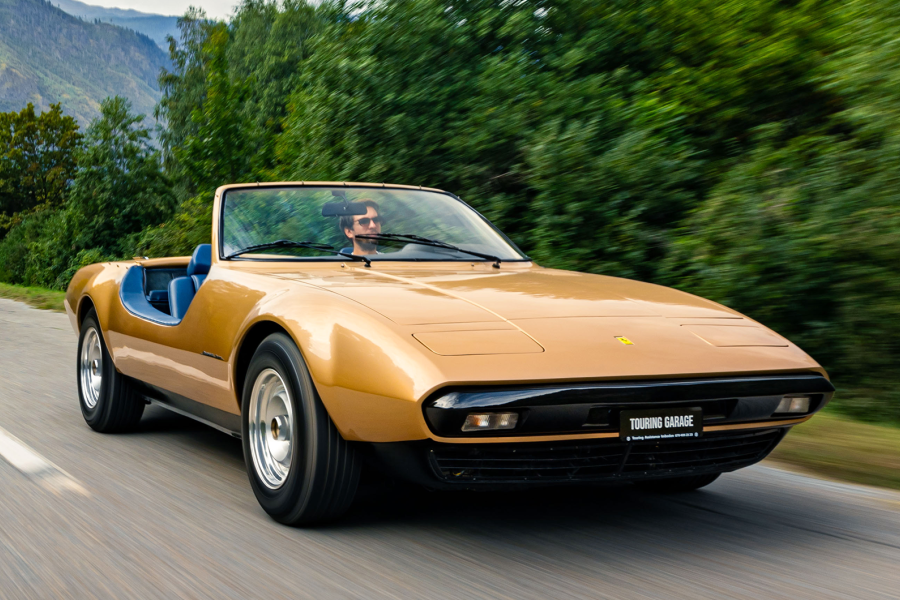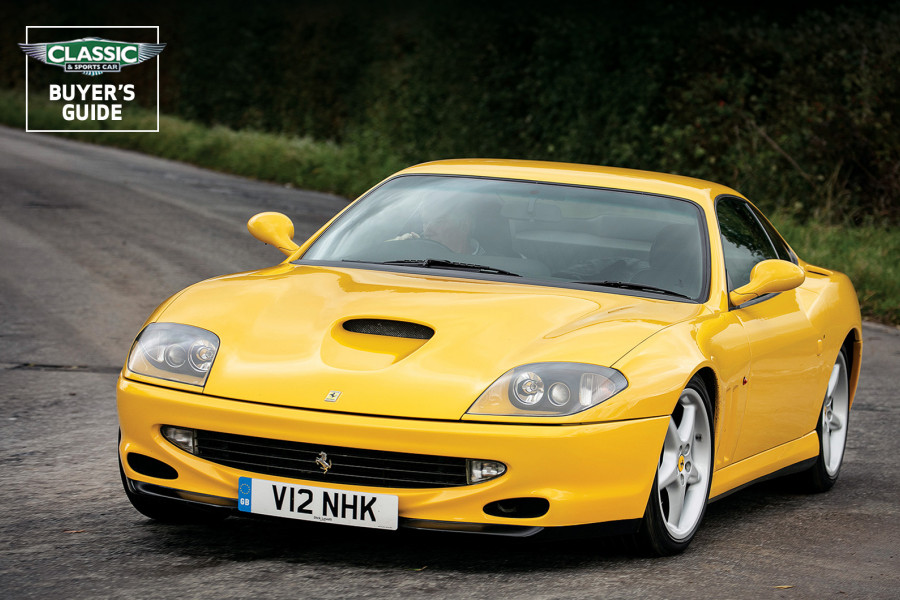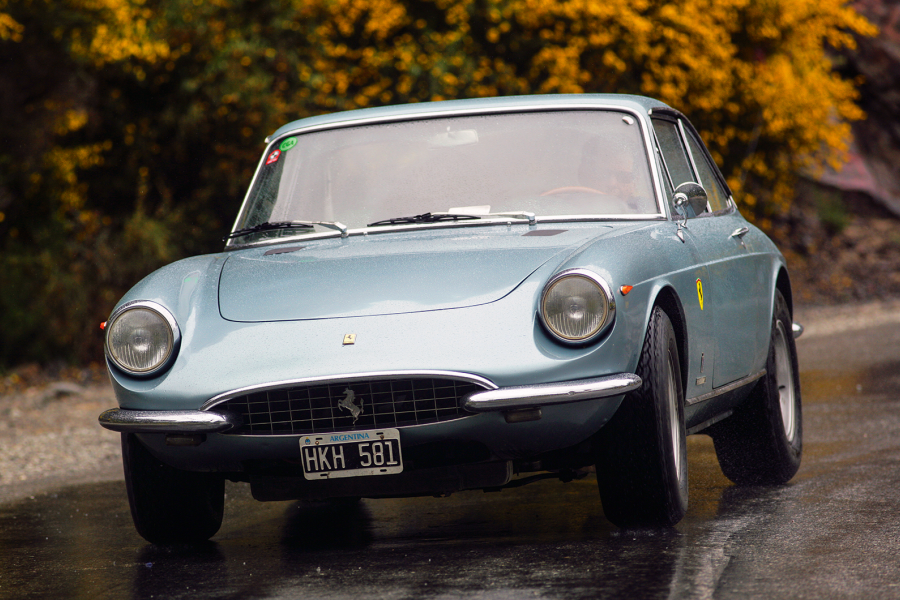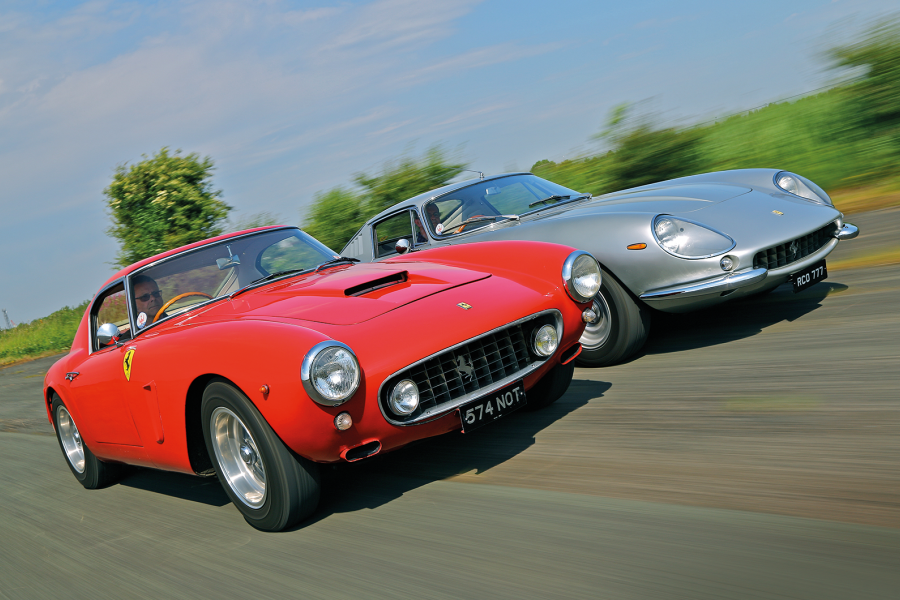After that the cars, and to a certain extent Volpi, disappeared – although the Le Mans car and the two GTs turned up in the Artcurial sale at Rétromobile this year, making close to £4.5m between them.
9. David Brown: Lagonda DP115 V12
Having rescued both marques from oblivion after WW2, the patriotic engineering tycoon David Brown was as passionate about the Lagonda marque as he was Aston Martin.
He had fond memories of the pre-war V12 Lagondas and wanted to build a successor for the 1950s that would challenge the big 4-litre V12 Ferraris’ dominance at Le Mans: a Lagonda had, after all, won the 24 Hour endurance classic in 1935.
In the superior Aston chassis it was a concept that looked good on paper. A short-stroke four-camshaft, 4.4-litre V12 was conceived, all alloy in construction with dry sump lubrication and breathing through three four-choke Webers for a proposed output of 350bhp.
It was, essentially, two of Aston’s LB 6 engines on a common crankshaft, the flaw in this plan being that the ‘cheeses’ that supported the main bearings had a different co-efficient of expansion that did not suit the alloy-blocked Lagonda engine.
The resulting drop in oil pressure meant that the revs, and thus the power output, had to be limited well below the projected 7000rpm/350bhp expectations if the V12 was to stay in one piece.
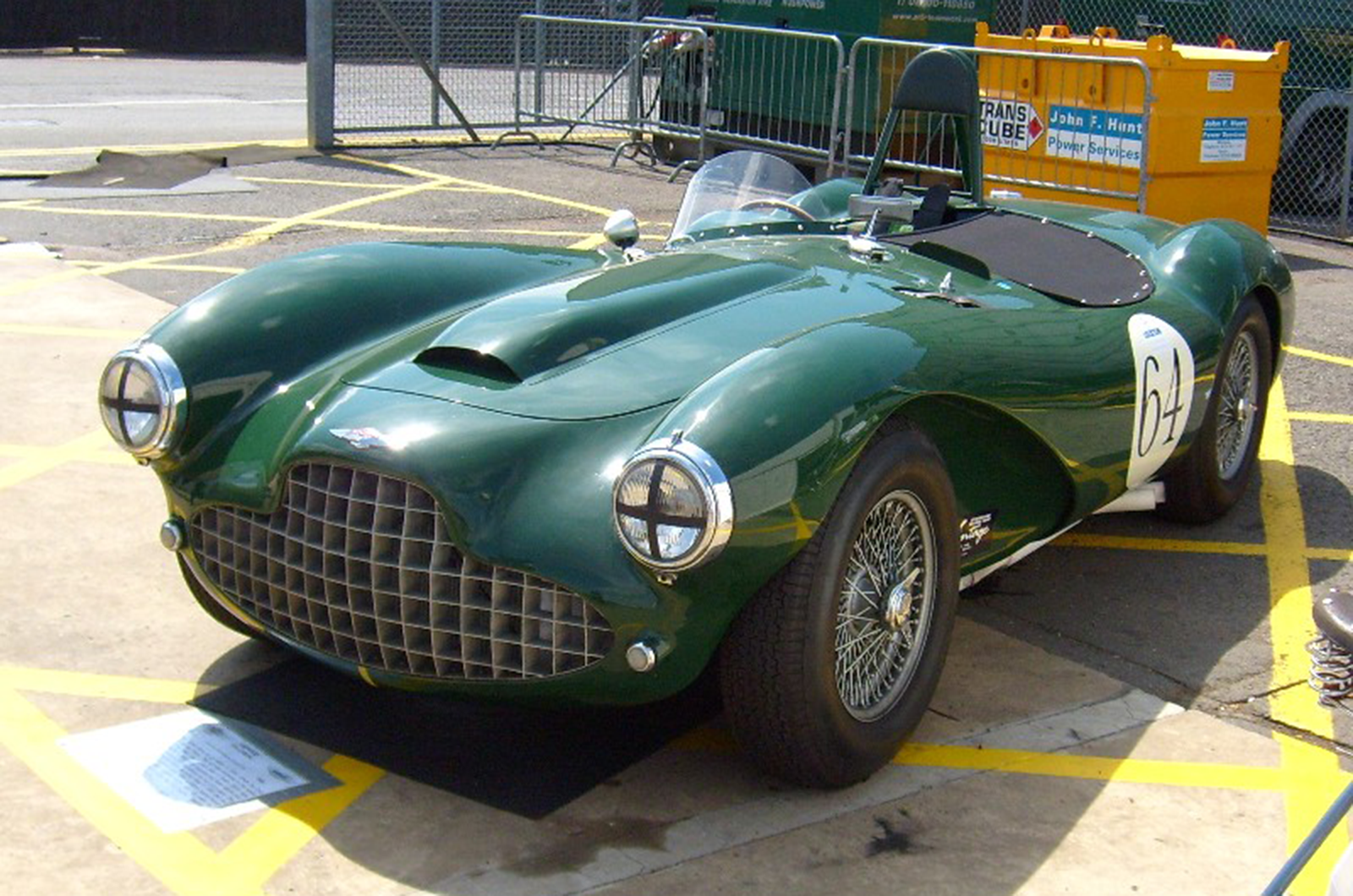 The Lagonda DP115 ran at Le Mans in 1954 as part of a particularly disastrous works entry that left team manger John Wyer a nervous wreck.
The Lagonda DP115 ran at Le Mans in 1954 as part of a particularly disastrous works entry that left team manger John Wyer a nervous wreck.
He was not a fan of the Lagonda project in any case and was doubtless relieved to retire it after a spin crumpled the shapely Frank Feeley-designed bodywork: the real reason was probably down to rapidly disappearing oil pressure.
Still, a timed 172mph down the Mulsanne straight showed the potential and an improved car was fielded in 1955. DP116 had disc brakes all round and a stiffer body, but retired on lap 93, causing Brown to cut his losses and park his dreams of a British Ferrari-beating V12.
10. John DeLorean: Pontiac GTO
John DeLorean and his lieutenants at Pontiac conceived the GTO package as a way of livening up the staid image of this GM division, rather than as a means of attacking Ferrari; but they must have felt smug about the furore their brainchild caused.
There were no real Pontiac racing connections, as competition involvement had been banned at GM, making DeLorean’s use of the Gran Turismo Omologato nomenclature even more of a nonsense on what was essentially a very ordinary mid-range car (the Tempest) with the biggest 6.4-litre engine in Pontiac’s armoury.
But the 1964 Pontiac GTO was the birth of the muscle car, inspiring dozen of imitators and notching up peak sales of 96,000 units in 1966 alone.
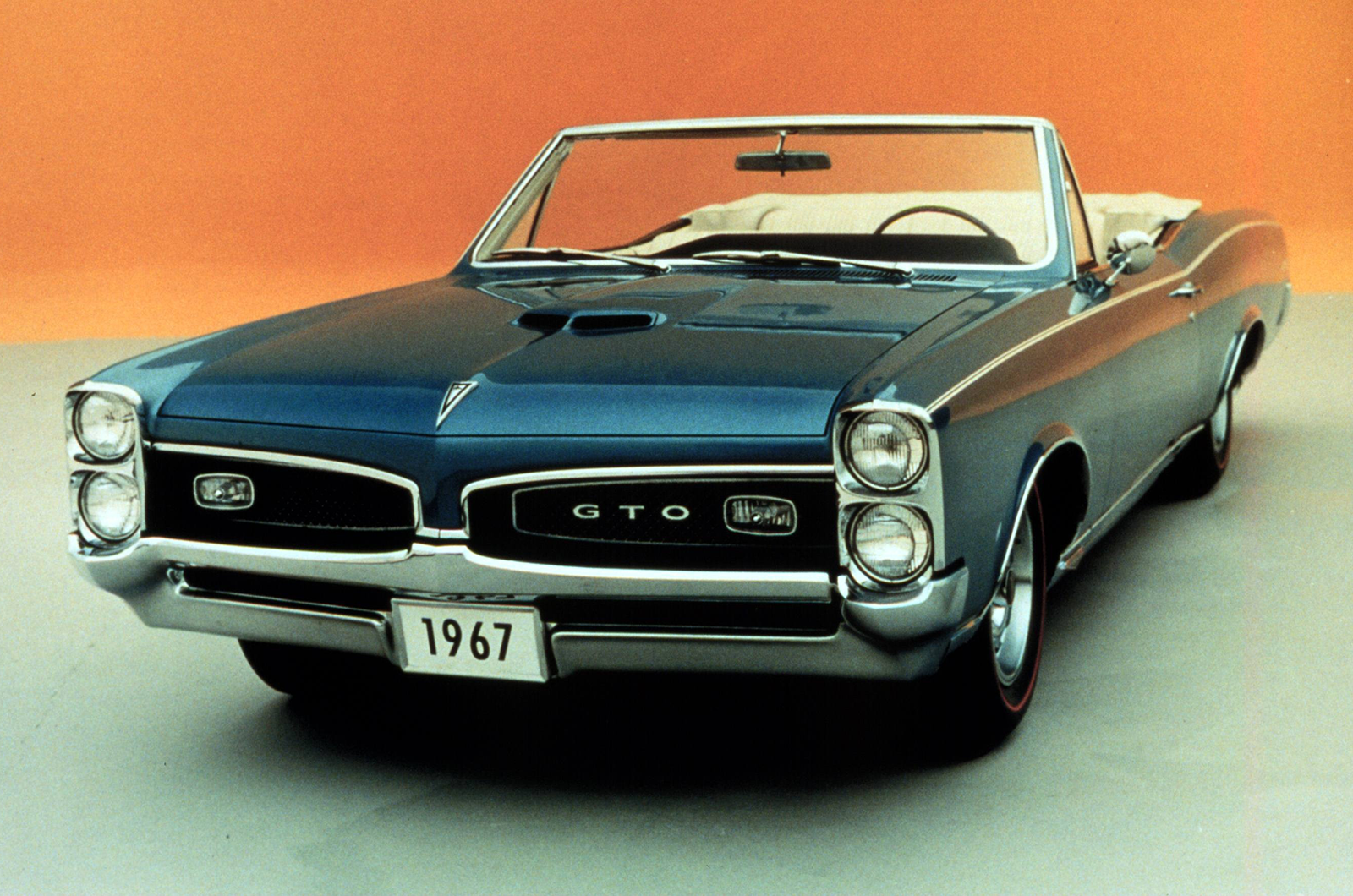 With its slow steering and near criminally inadequate drum brakes, the Pontiac GTO was certainly no Ferrari – but it was very fast.
With its slow steering and near criminally inadequate drum brakes, the Pontiac GTO was certainly no Ferrari – but it was very fast.
Soon, the ‘GOAT’ became an American cultural phenomena of the ’60s second only to the Mustang. Any American with $2000 or so to spend could own a car that would leave a $14,000 Ferrari standing in a straight line.
Those Ferrari-lovers who were already outraged at Pontiac’s use of the hallowed GTO symbolism must have suffered near thrombosis when Car and Driver, always the most subversive of the American magazines, ran a story comparing a Pontiac with a Ferrari 330GT and, all things considered, declared the match a draw…
Images: Tony Baker, Malcolm Griffiths, James Mann, LAT, Brian Snelson/Creative Commons (ATS 2500GT, second photo), Ed Callow/Creative Commons (Lagonda DP115, second photo), RM Sotheby's (ATS 2500GT, first photo), Artcurial (Serenissima), Newspress
READ MORE
Who needs a Ferrari? Six supercar alternatives
Bodies of the gods: the greatest Italian coachbuilders
Battle of the supercars: Miura vs Daytona vs Mangusta
Ferrari F40: the story of history’s greatest supercar
What it’s like to drive the Shelby Cobra Daytona
Martin Buckley
Senior Contributor, Classic & Sports Car

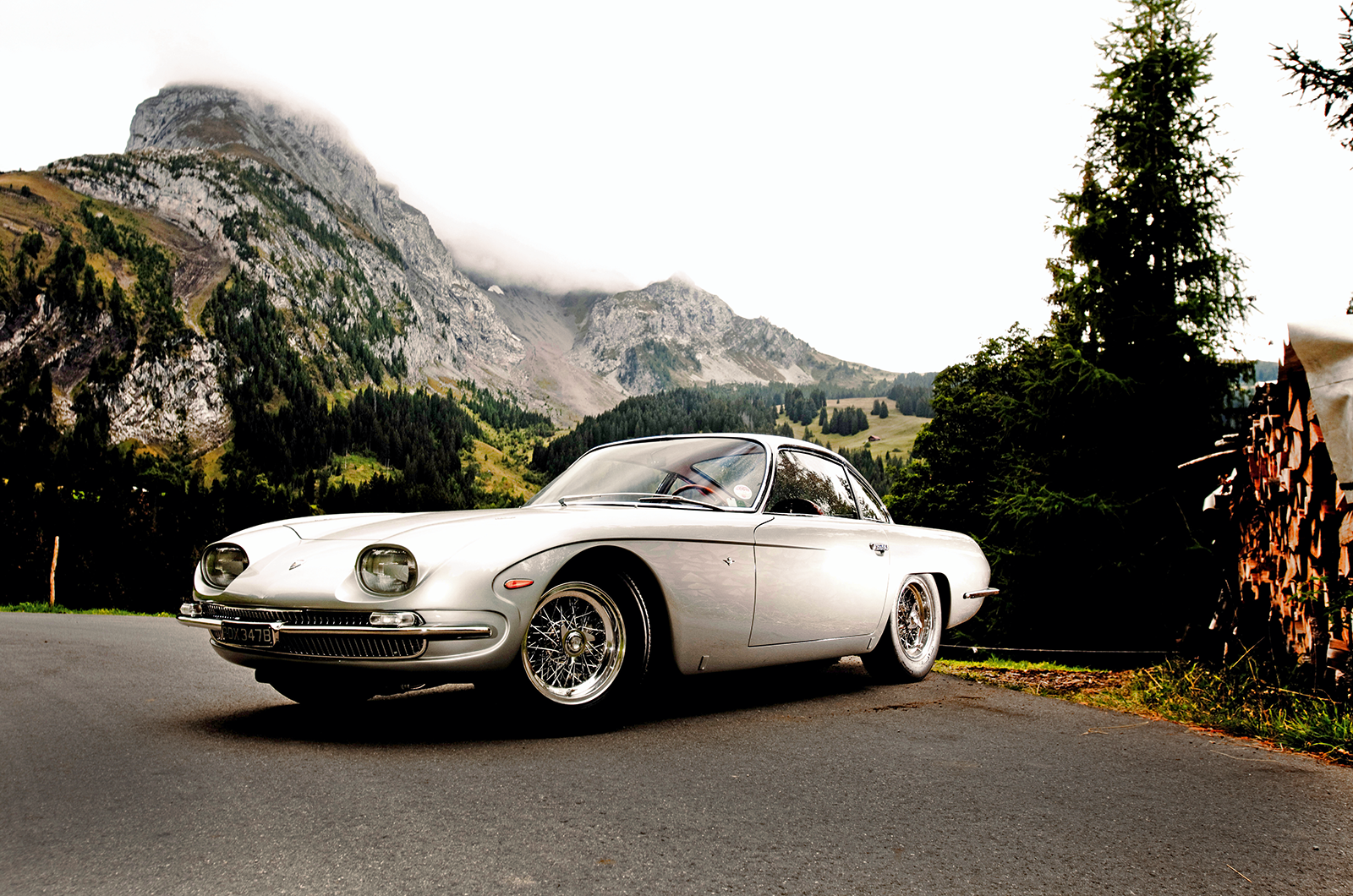

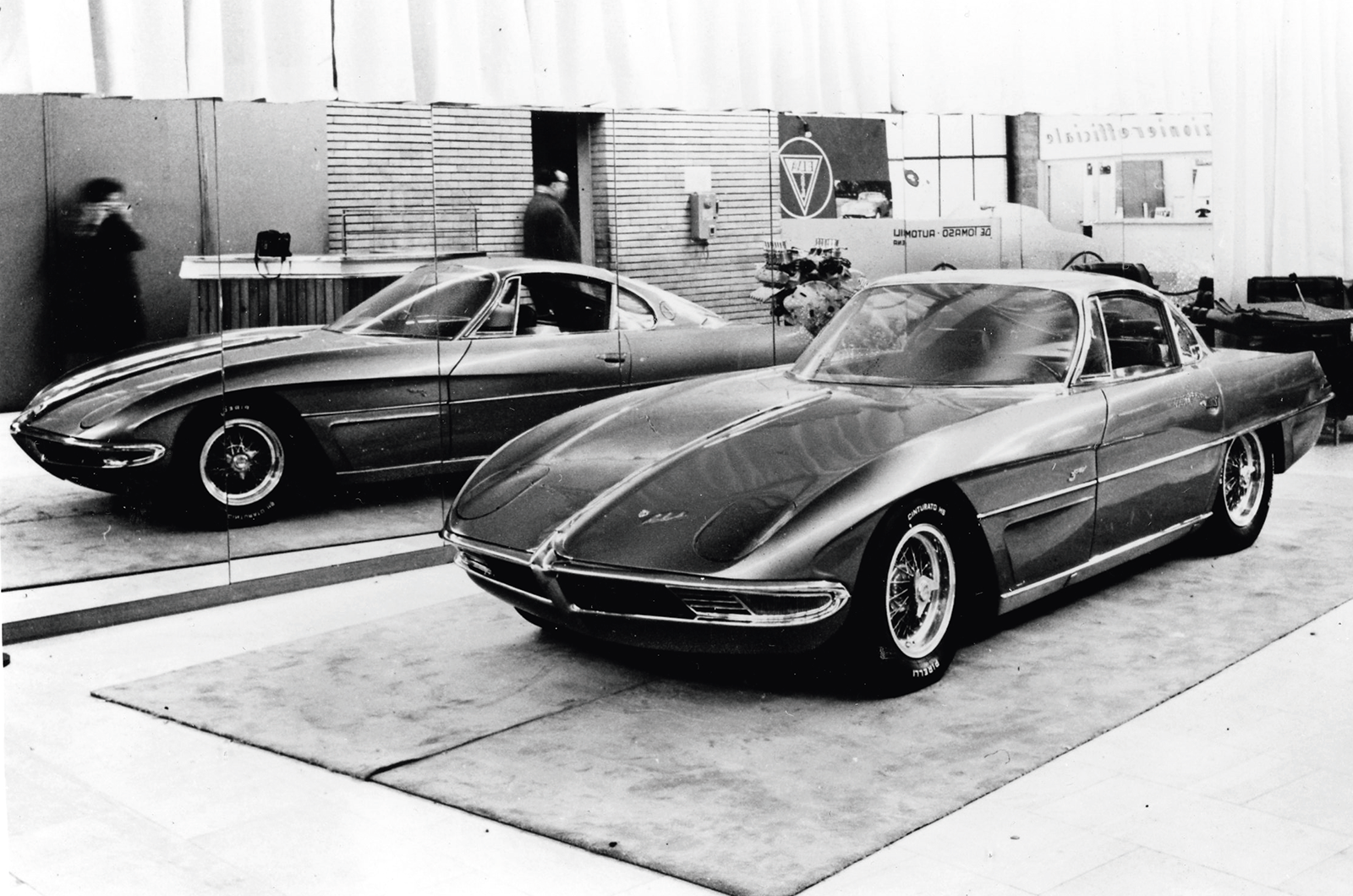 The
The 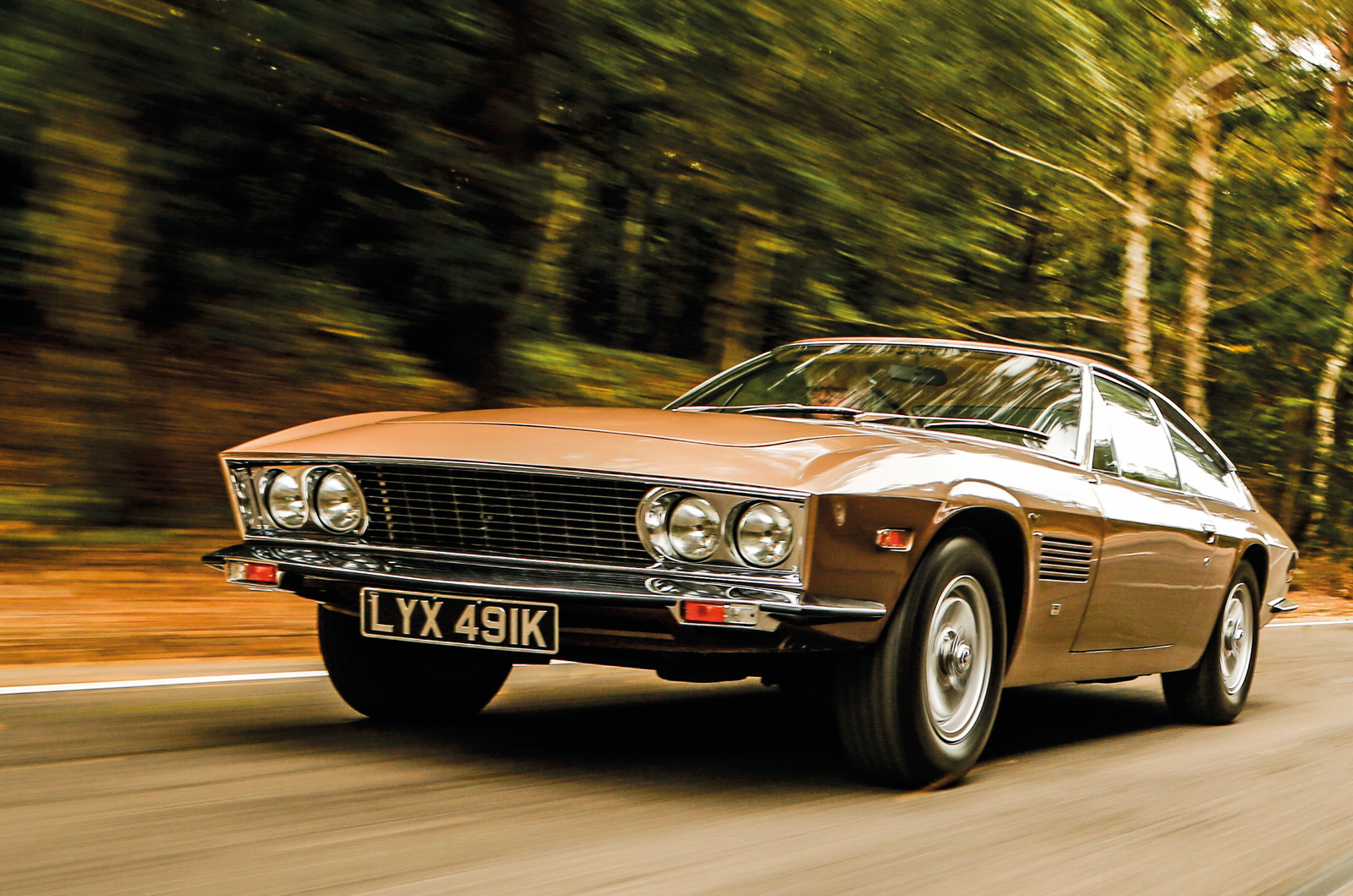
 The 375 was fast, but no racing machine. Monteverdi merely wanted to build a reliable luxury GT cast somewhat in the mould of the
The 375 was fast, but no racing machine. Monteverdi merely wanted to build a reliable luxury GT cast somewhat in the mould of the 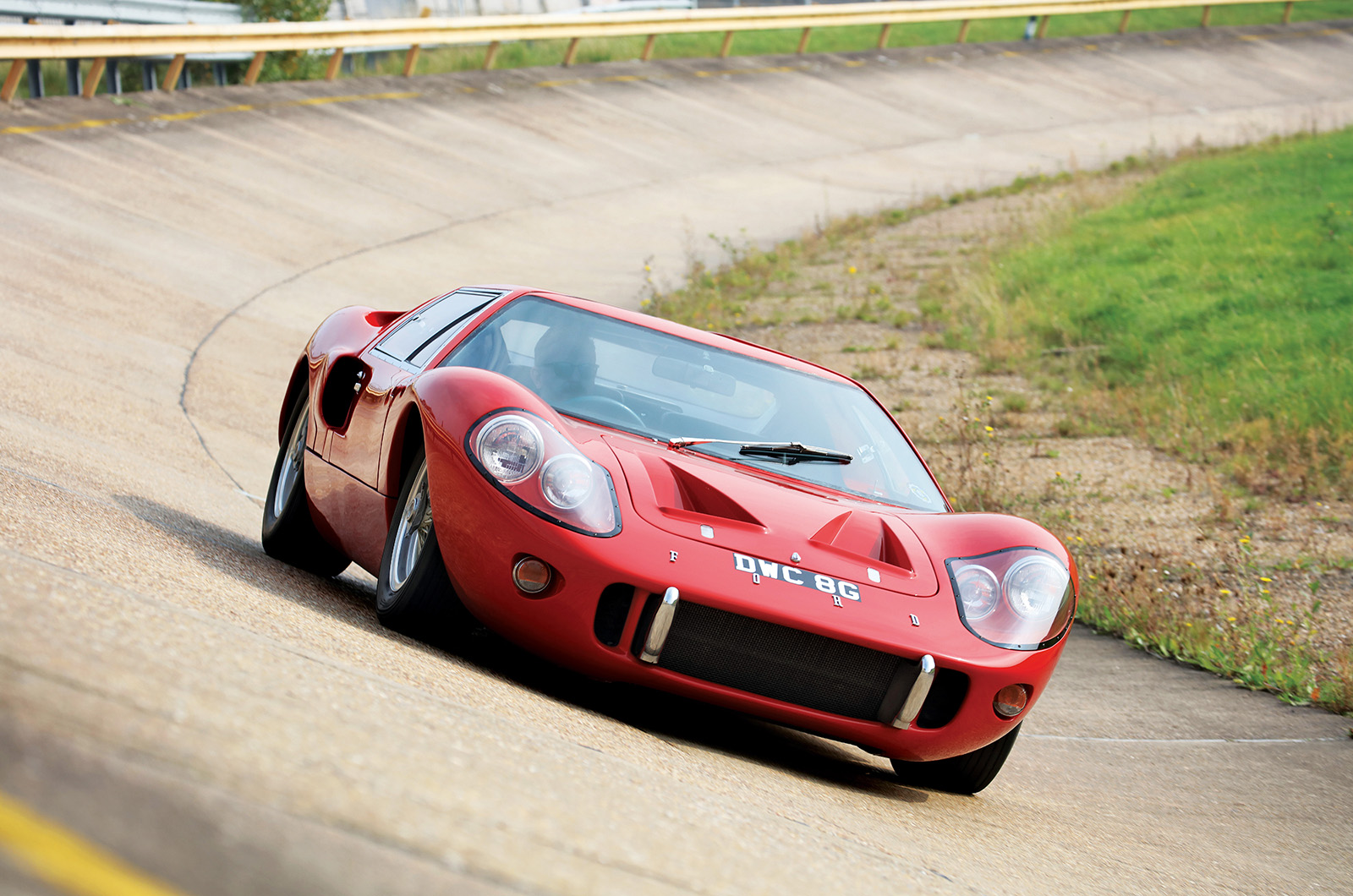
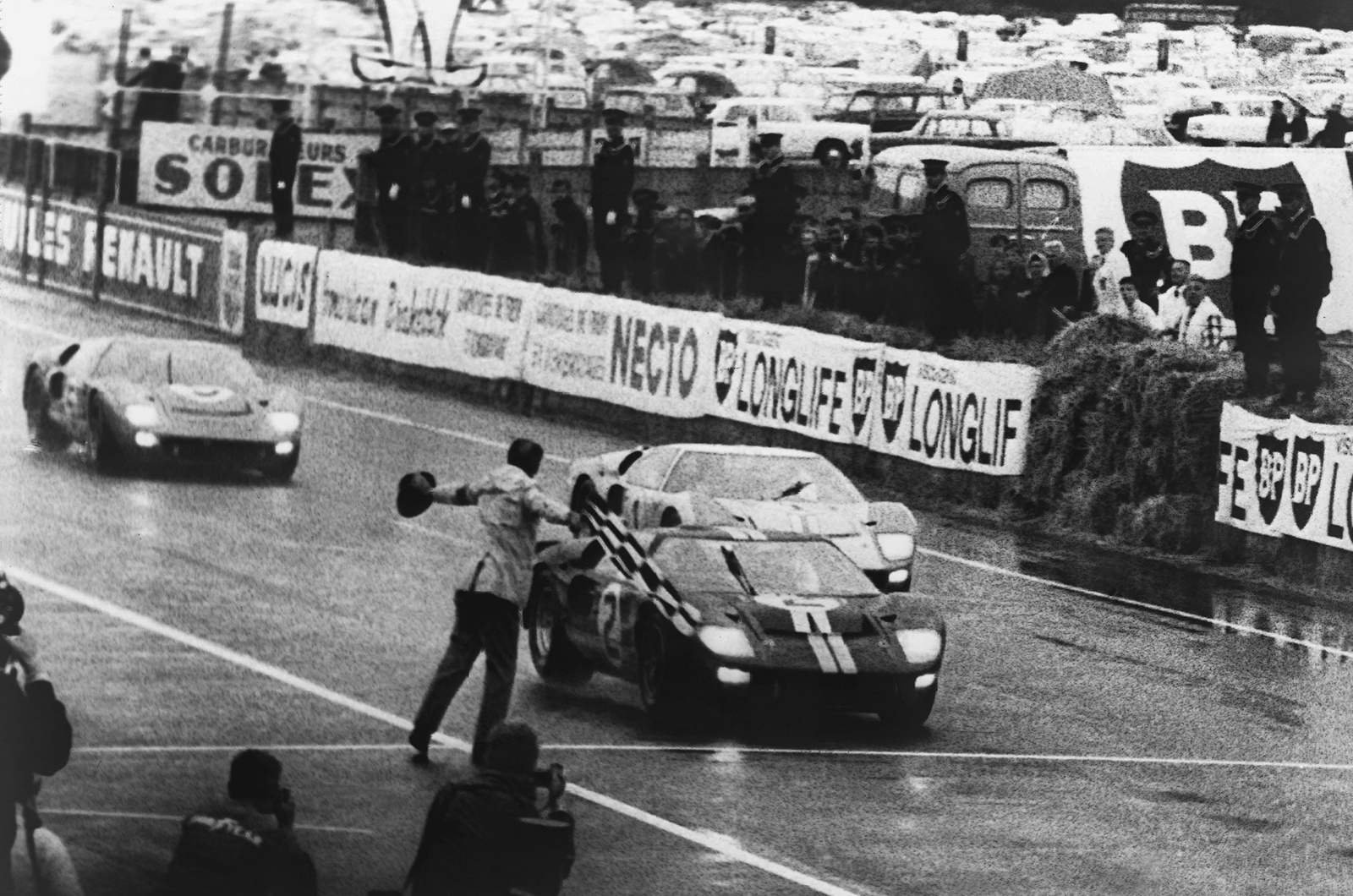 Former Aston Martin Competition manager John Wyer was hired to develop the car into a winner that would triumph at Le Mans in 1966, ’67, ’68 and ’69, including the famous 1-2-3 finish in ’66 pictured above. Point proven.
Former Aston Martin Competition manager John Wyer was hired to develop the car into a winner that would triumph at Le Mans in 1966, ’67, ’68 and ’69, including the famous 1-2-3 finish in ’66 pictured above. Point proven.
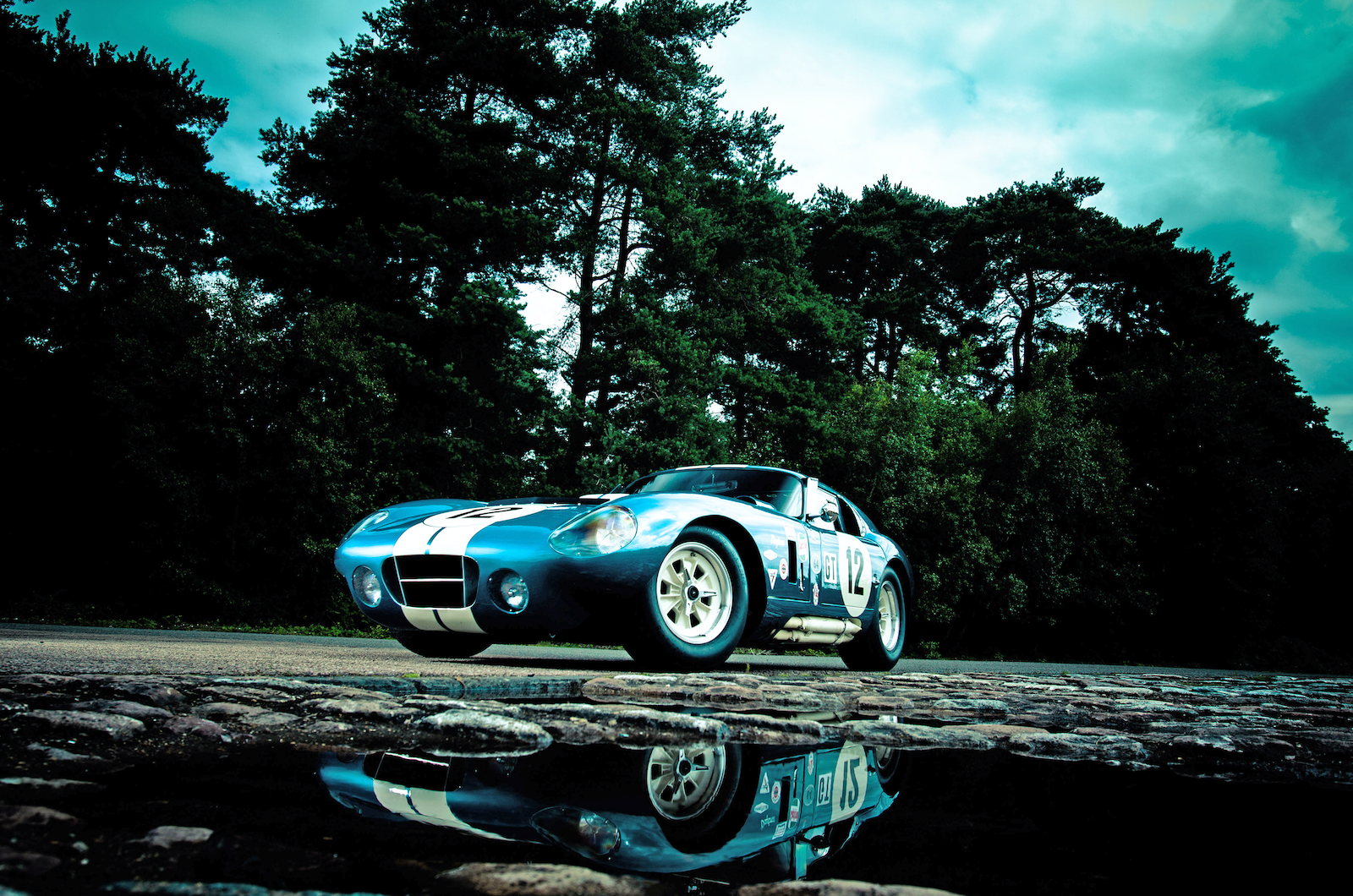
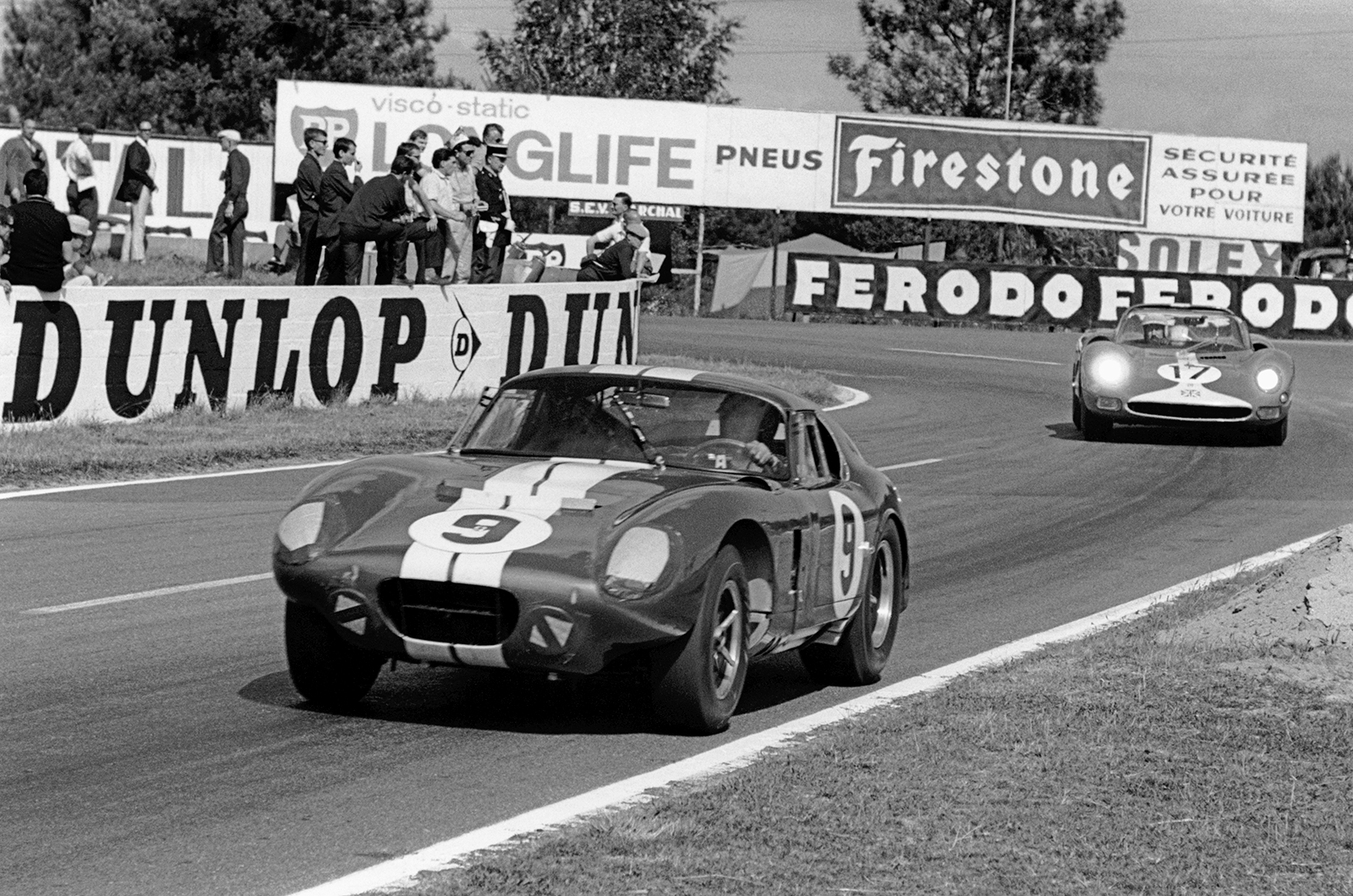
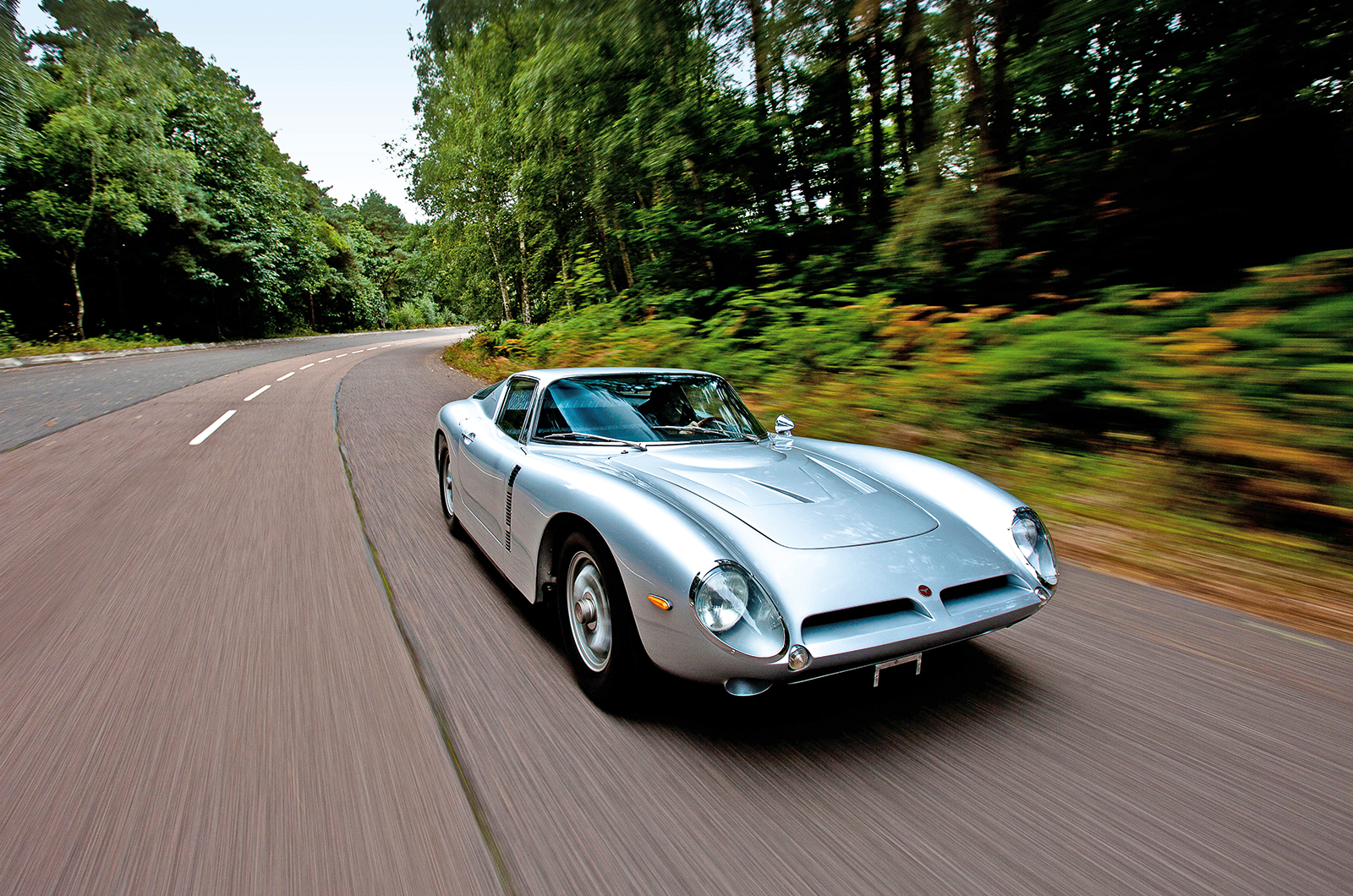
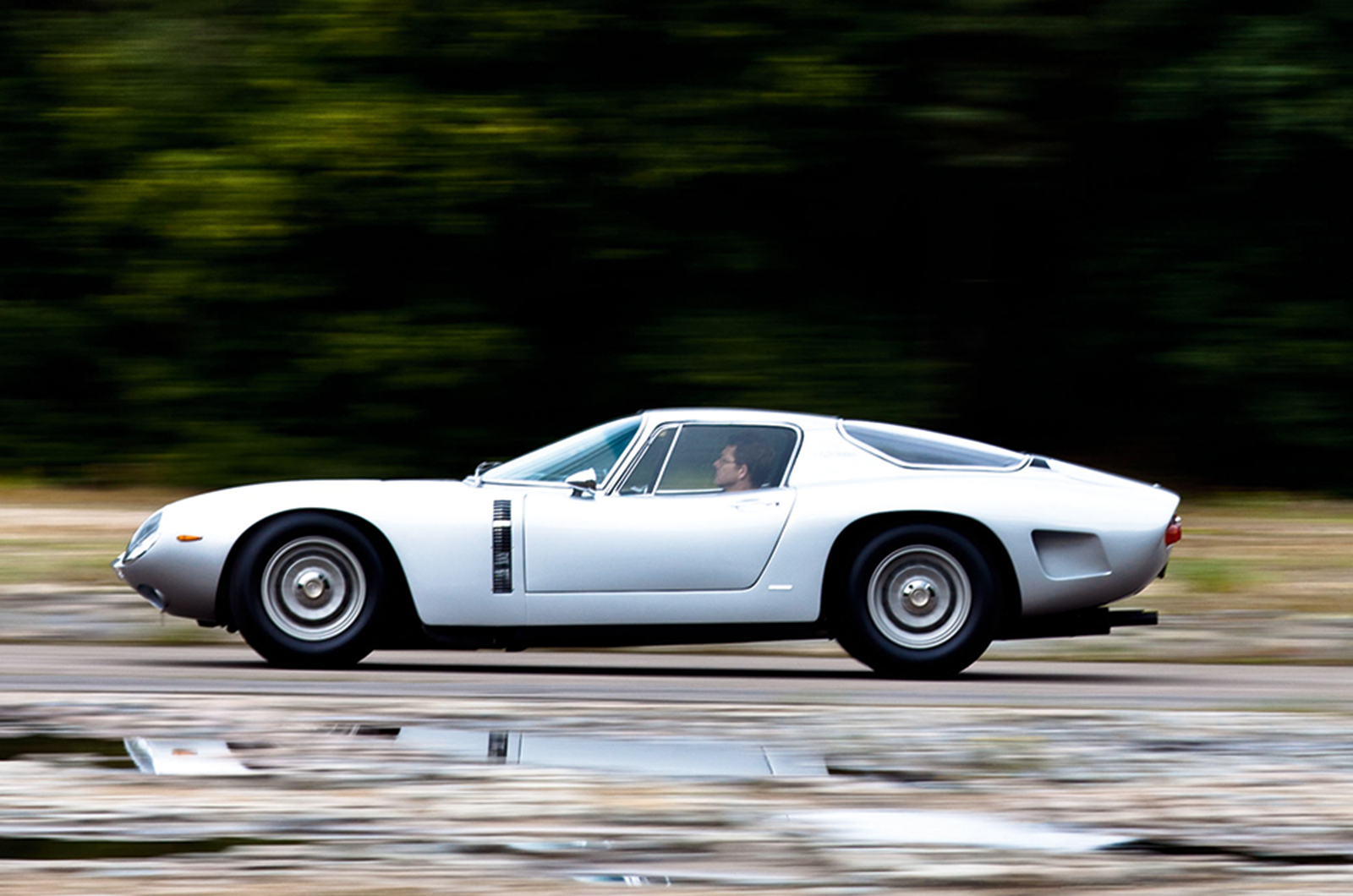 The result of this so called ‘Palace Revolt’ was not only the formation of ATS (see below) but also the launching of the freelance career of the prolifically gifted Bizzarrini, who went on to design not only the V12 engine for Lamborghini but also the chassis for the new Corvette-powered
The result of this so called ‘Palace Revolt’ was not only the formation of ATS (see below) but also the launching of the freelance career of the prolifically gifted Bizzarrini, who went on to design not only the V12 engine for Lamborghini but also the chassis for the new Corvette-powered 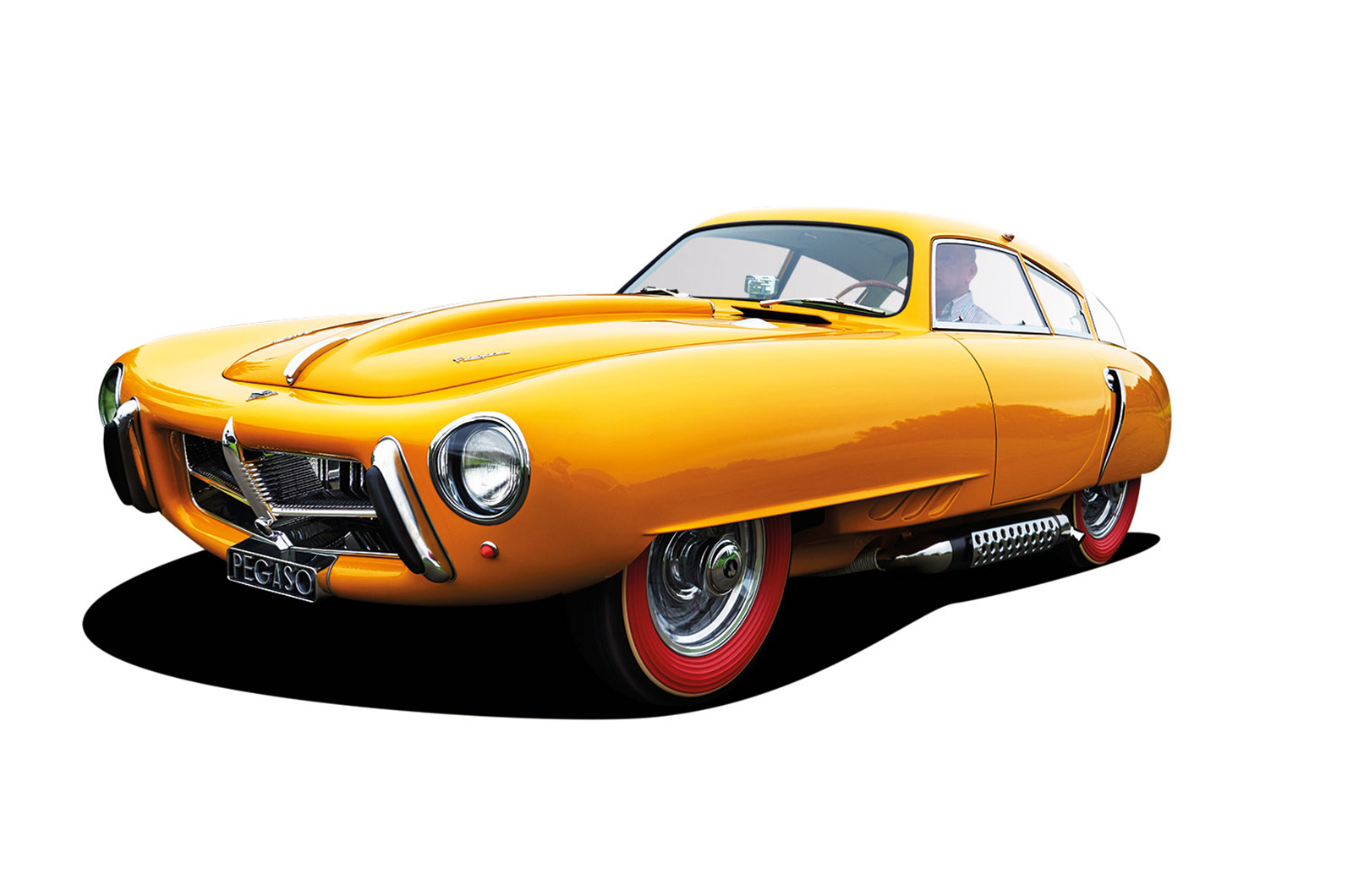
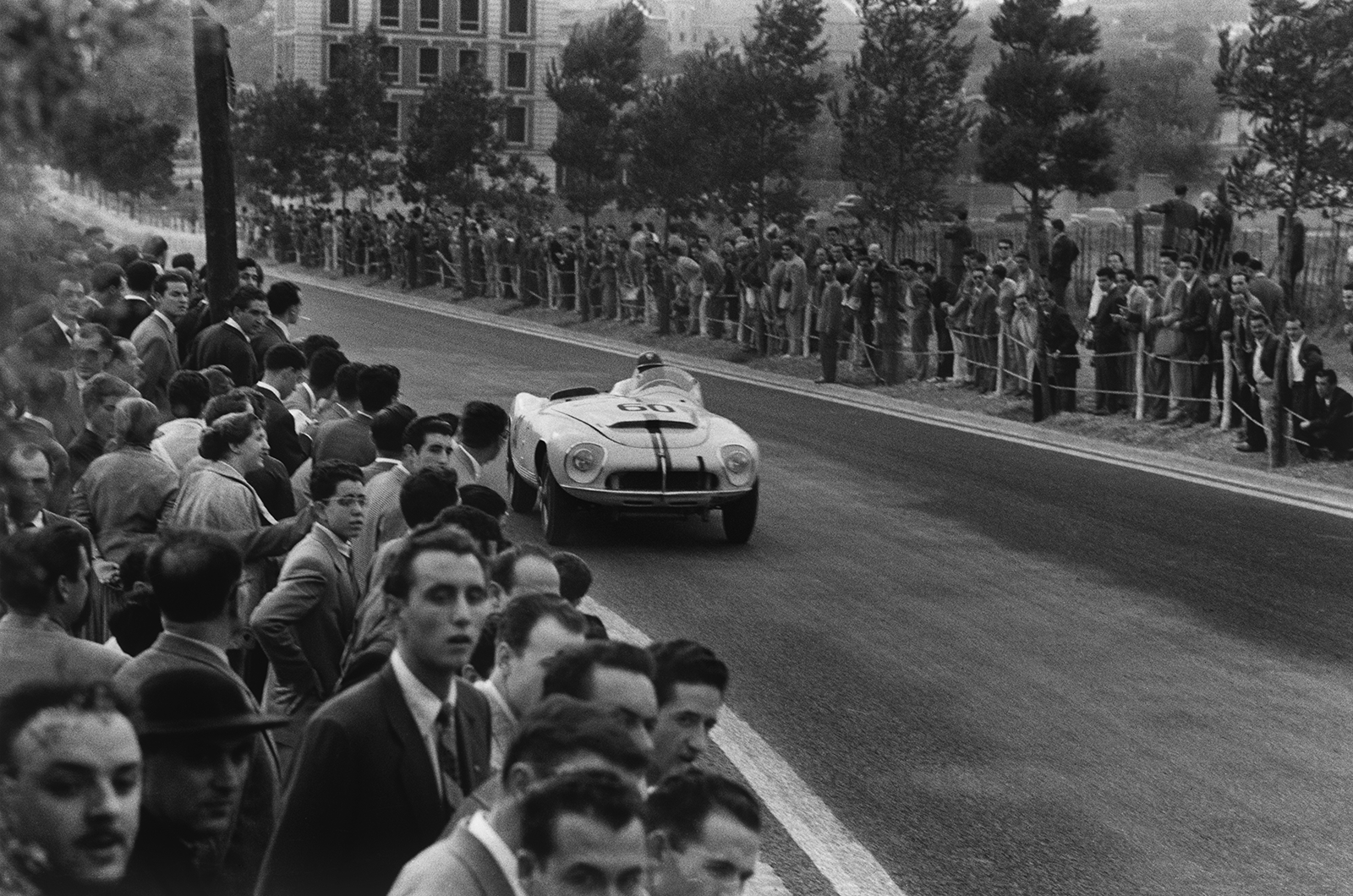
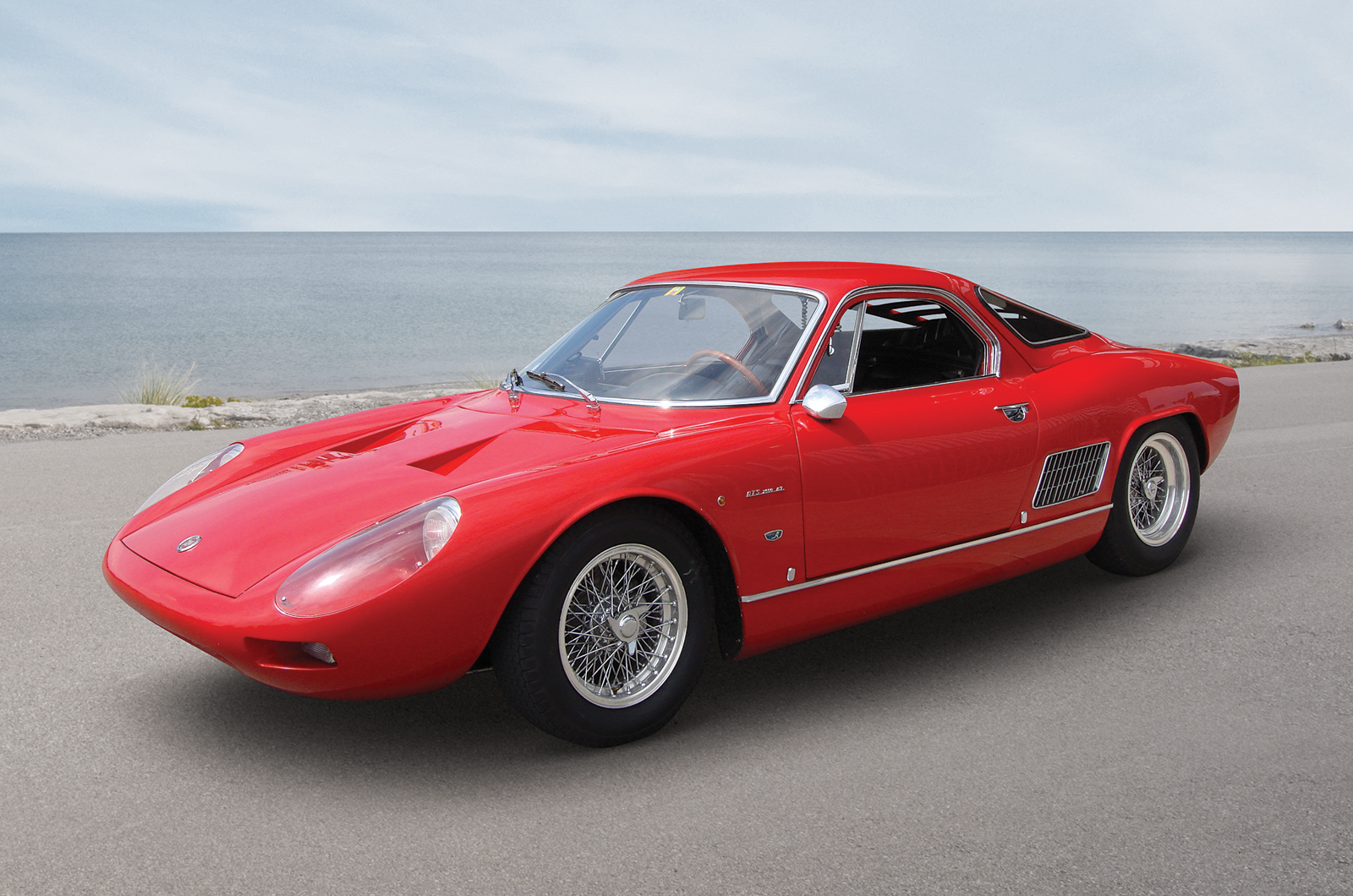
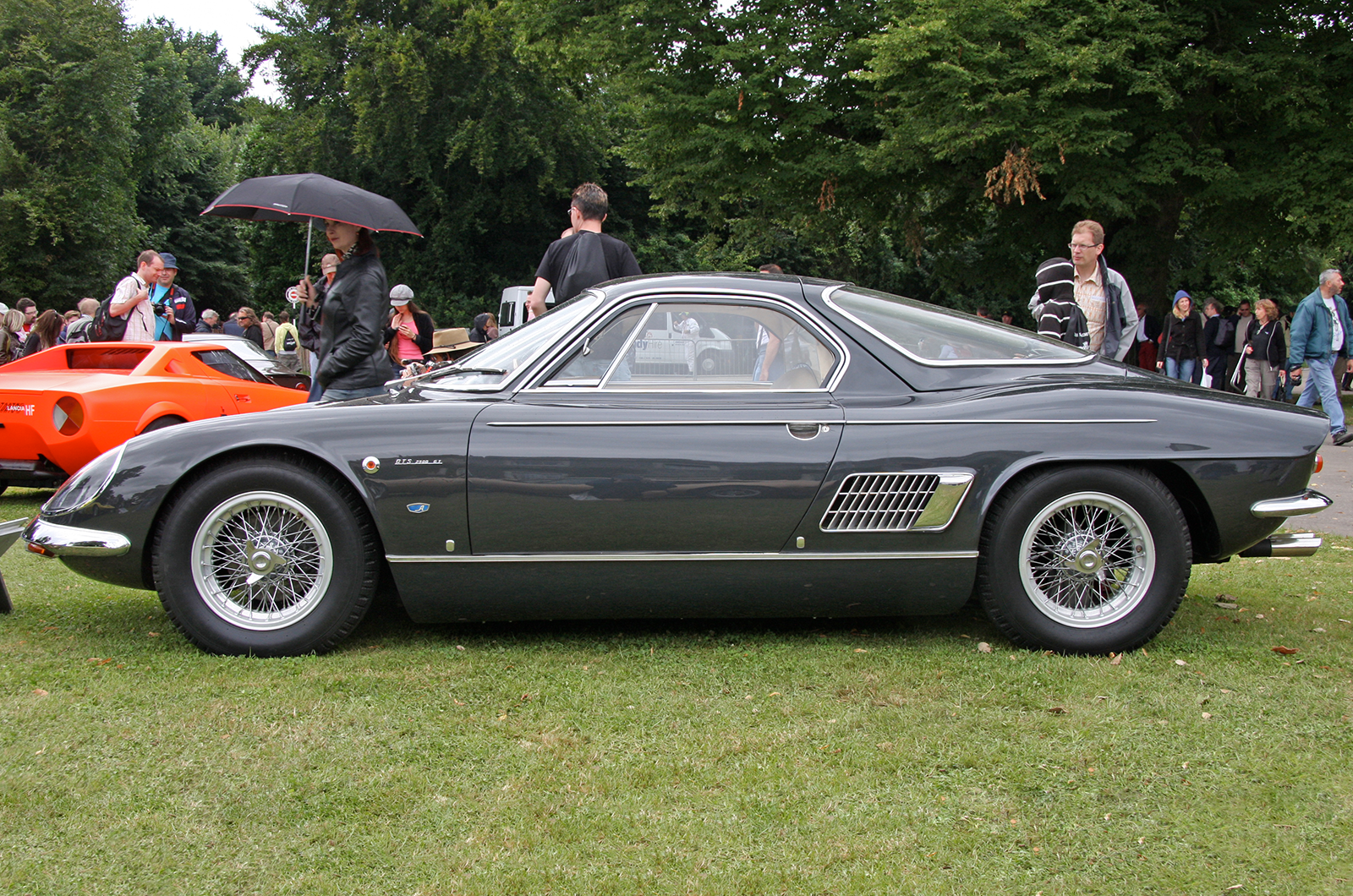 Bizzarrini left the project early and even for the likes of Chiti the task of designing an engine and a chassis in such a short timeframe had proved a tall order, particularly when he felt under an obligation to listen to the disparate opinions of his financial backers Giorgio Billi, tin-mining heir Jaime Ortiz-Patiño and, latterly, Count Giovanni Volpi di Misurata of Ferrari ‘Breadvan’ and Serenissima fame.
Bizzarrini left the project early and even for the likes of Chiti the task of designing an engine and a chassis in such a short timeframe had proved a tall order, particularly when he felt under an obligation to listen to the disparate opinions of his financial backers Giorgio Billi, tin-mining heir Jaime Ortiz-Patiño and, latterly, Count Giovanni Volpi di Misurata of Ferrari ‘Breadvan’ and Serenissima fame.
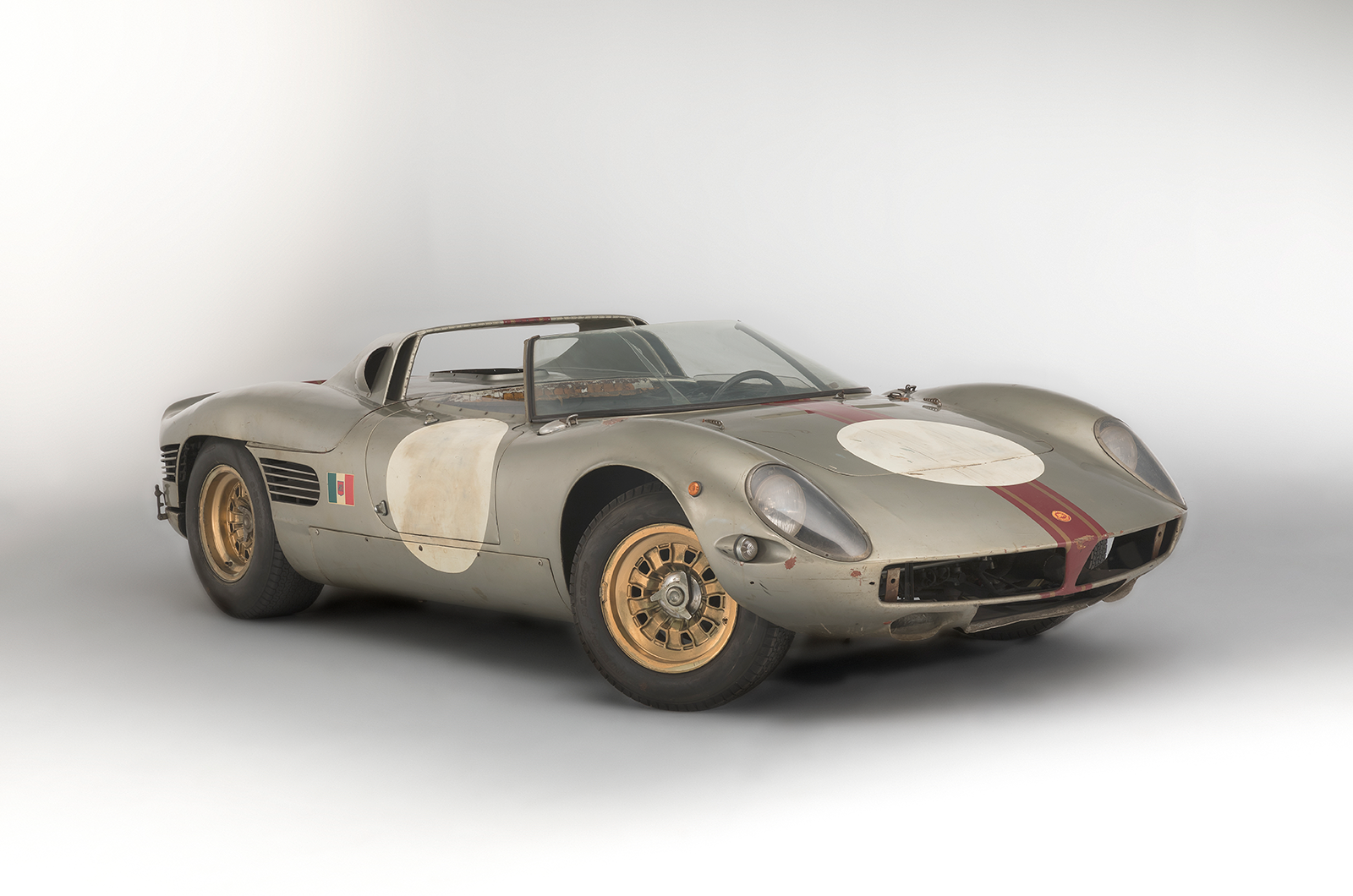
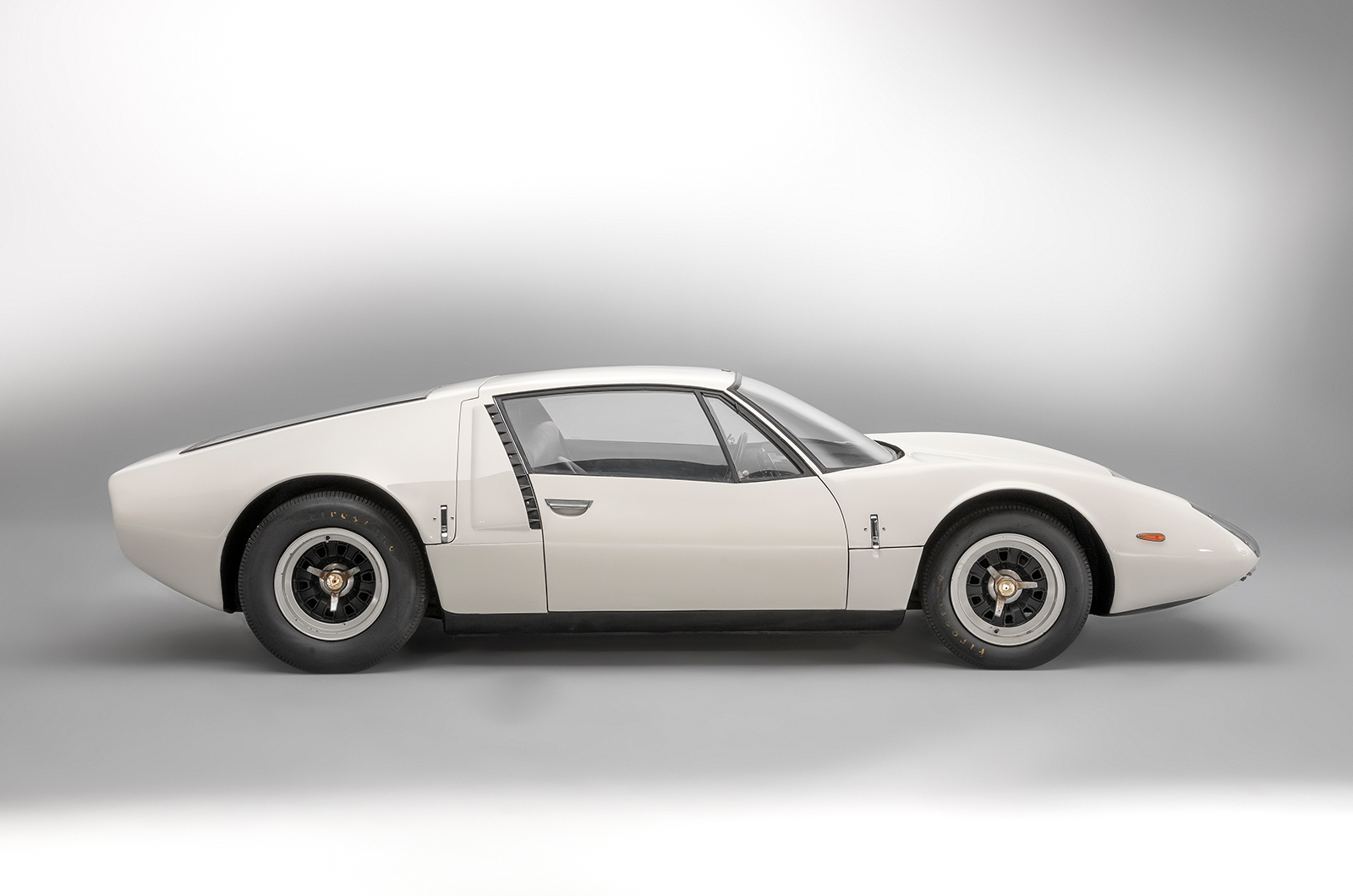 By then, Volpi had decided to pursue the idea of road-car production, first with the 1967 Agena (above) and then a more refined looking Tom Tjaarda/Ghia-designed GT presented at the Turin show in 1968.
By then, Volpi had decided to pursue the idea of road-car production, first with the 1967 Agena (above) and then a more refined looking Tom Tjaarda/Ghia-designed GT presented at the Turin show in 1968.
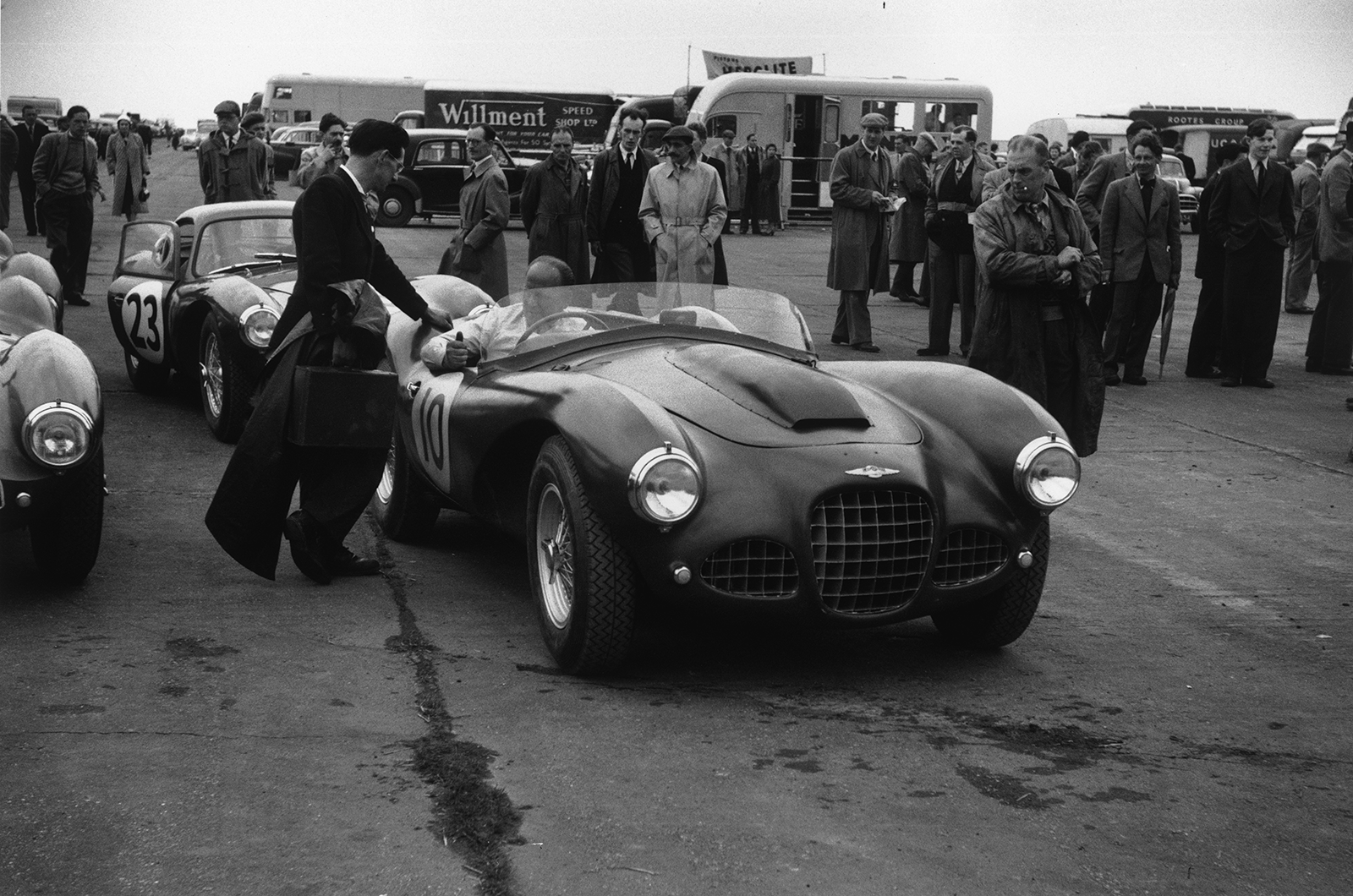
 The Lagonda DP115 ran at Le Mans in 1954 as part of a particularly disastrous works entry that left team manger John Wyer a nervous wreck.
The Lagonda DP115 ran at Le Mans in 1954 as part of a particularly disastrous works entry that left team manger John Wyer a nervous wreck.
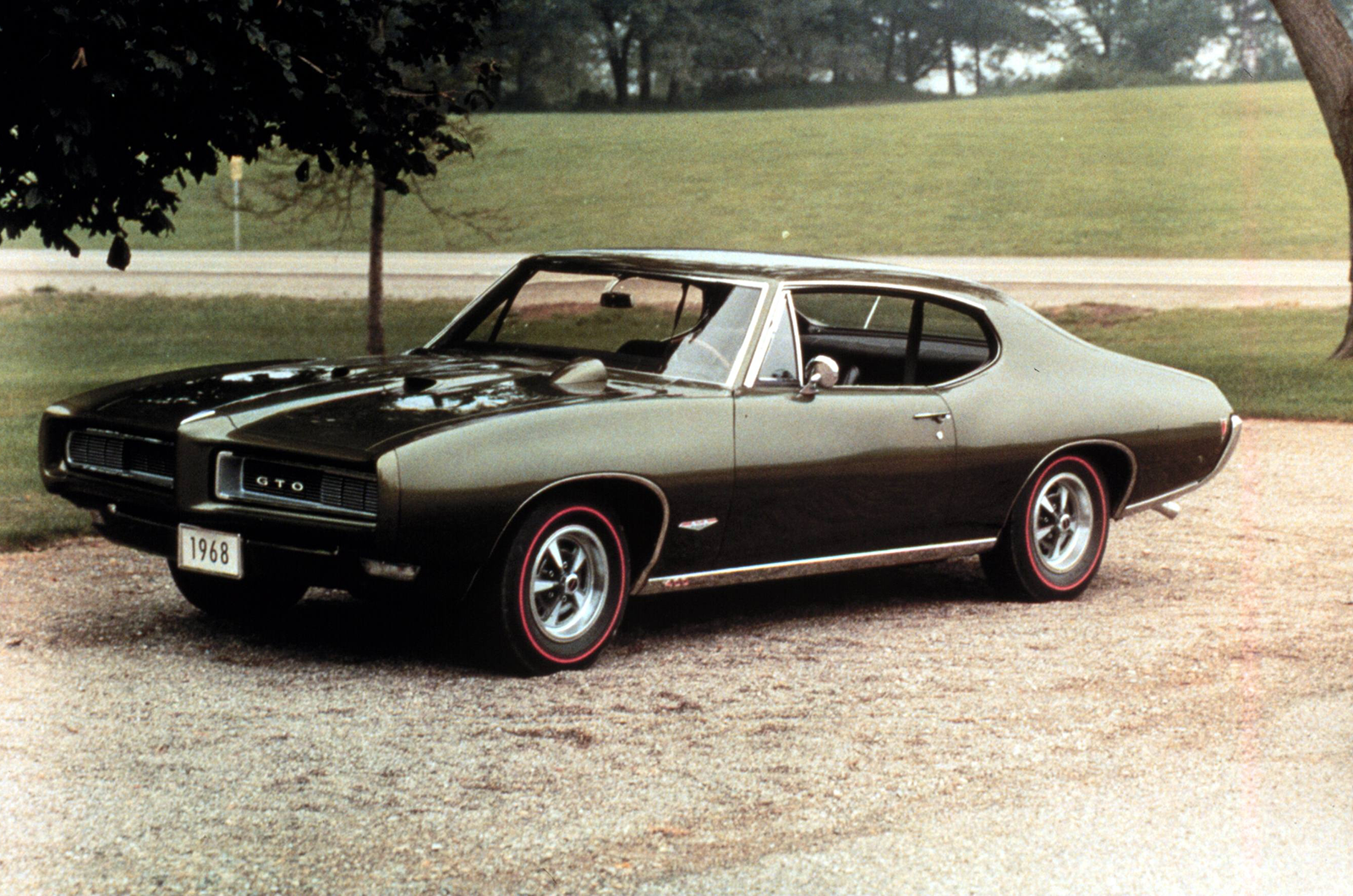
 With its slow steering and near criminally inadequate drum brakes, the Pontiac GTO was certainly no Ferrari – but it was very fast.
With its slow steering and near criminally inadequate drum brakes, the Pontiac GTO was certainly no Ferrari – but it was very fast.

